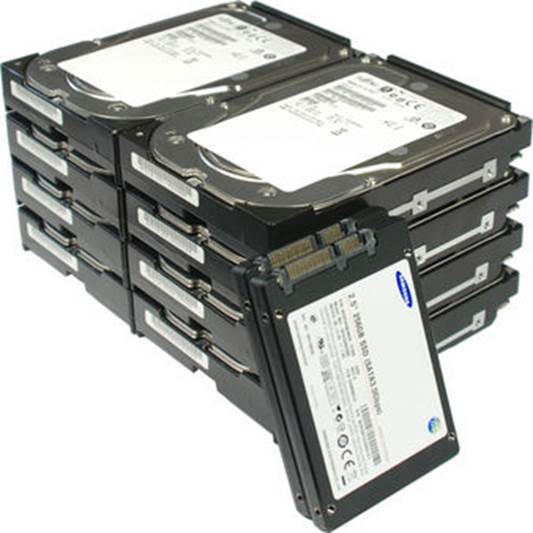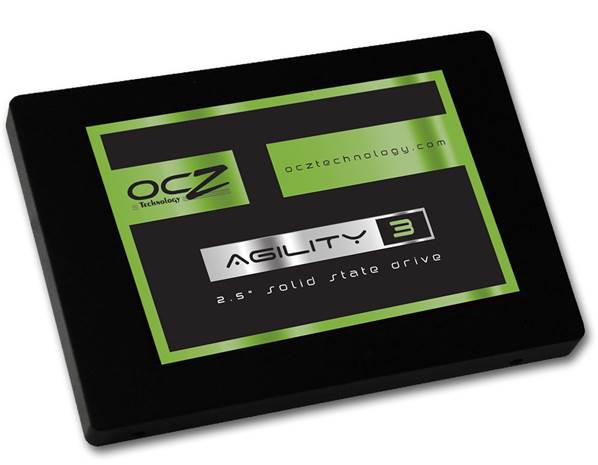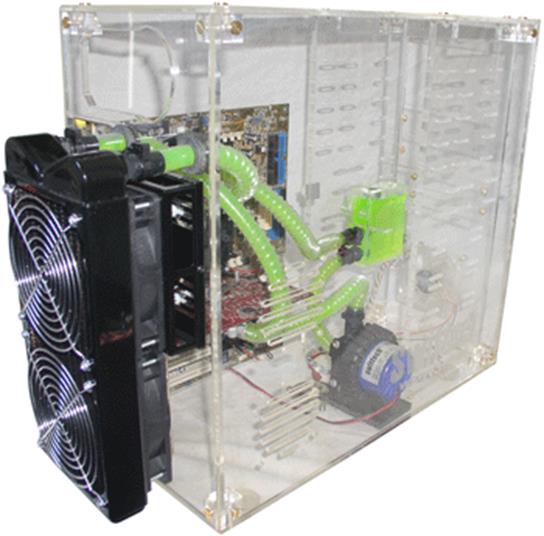Get the most ‘bang for your buck’ with this
guide to upgrades with the greatest effects
A bargain isn’t always about paying the
lowest prices - it’s also about getting the best performance out of the money
you spend. Upgrading computers can be a confusing and sometimes costly
business, but spend your money in the right place and you’ll find that there
are ways to make big improvements to a system without having to spend huge
amounts on multiple upgrades.
That’s why we’ve put together this guide to
help you figure out which upgrades will result in the best performance leap for
you. Getting a bargain means squeezing the most performance out of every
available penny, even if you have to select mid-range components or compromise
on a feature here or there. But which upgrades have the best effect, and which
products should you buy? Soon, you’ll know.
SSDs
Believe it or not, the biggest performance
bottleneck on any modern PC isn’t the graphics card, the processor or the
amount of RAM you have; it’s the hard drive. Mechanical hard disks are dirt
cheap and allow you access to far more storage than once thought possible, so
it’s tempting to restrict your storage upgrades to bigger, better hard disks.

To
access data on a hard drive, you have to wait for the platter to spin into the
right position and for the drive read head to move to the right point to detect
the data.
But hold on a second. Mechanical hard disks
also have one often overlooked quality: they’re actually quite slow, and the
bigger they are, the more problematic this becomes. To access data on a hard
drive, you have to wait for the platter to spin into the right position and for
the drive read head to move to the right point to detect the data. And this
potentially has to happen for every sector. We’re talking only milliseconds,
but it soon stacks up -especially on badly fragmented hard drives.
Slow access times means that even the
fastest components are eventually forced to sit around and wait for the data
they need before continuing. It doesn’t matter how quick your processor is if
the information you need is still being read from the disk when then chip’s
ready to process it.
For that reason, buying a solid-state drive
for a PC can actually cause a large jump in performance. Primarily, it’ll
improve disk-heavy activities, so while you probably expect to see faster
speeds when copying or searching files, you can also see them in other areas.
The time your computer takes to boot is greatly restricted by the speed of your
disk access, and greatly improved by the installation of an SSD. So are media
processing tasks like video and audio encoding.
An SSD can even improve frame-rates within
games. Quicker disk access times means that data can be cached faster, which means
fewer pauses and vastly reduced loading times. Even on the fastest machines,
the slow churning of data on a hard disk can cause stuttering and jerking
in-game. A solid-state drive should render you PC immune to such effects.
There are other benefits too. SSDs run much
cooler than mechanical hard disks, because their lack of moving parts and
incredibly low power requirements means that their temperature remains low.
This, in turn, means that they put less heat into a system than a mechanical
disk, which allows it to perform better because (as we know) cooler systems run
more efficiently. Admittedly, the advantage is a passive one, but less heat in
the system is always good for the components most sensitive to temperature, and
those are the ones that directly affect the speed of your computer.
Recommended Purchase
120GB
OCZ Agility 3

At 120GB, the OCZ Agility 3 is big enough
to store your operating system and any games or applications you want to run,
but small enough that you won’t have to empty your wallet to buy one. Combine
it with a mechanical hard drive (for archival storage) and you’ll get the best
of both worlds: your computer benefits from lightning-fast boot speeds and
access times, while your documents, media and other types of data that won’t
benefit from faster access can be relegated to the mechanical drive. Based on
the second-generation Sandforce controllers, it’s up there with the best SSDs
of its type, and the SATA 6Gbps connection means you’ll see the full benefits
of its speed.
CPU
They might be expensive, but there’s no
getting away from the facts: a good CPU is a necessity if you want a fast PC.
You can rely on a graphics card to handle the heavy lifting when it comes to
making games look good, SSDs can improve boot times, and extra RAM might speed
up multi-tasking, but none of that is going to mean anything if the processor
can’t keep up. The CPU is the beating heart of any system, and if you buy the
right one, there’s no telling how fast your system can go.

A
good CPU is a necessity if you want a fast PC
What makes a good choice of processor? You
don’t have to have followed the computing world very closely to know that Intel
currently dominates the high end of the processor market with its Sandy and Ivy
Bridge chips, so in that sense choosing a brand isn’t difficult: just buy an
Intel. But which one?
As it turns out, there’s a fairly easy
answer to that question too. You might think that the best way to get a fast PC
is to go for an Intel Core i7 chip of some description. After all, those are
the high-end versions, so all you have to do is calculate exactly how much you
can afford to spend and then buy the best one possible, right?
But hold on a second. There’s a way to
spend your money a little more wisely. Remember that Intel chips are currently
in a very good place for overclocking. When you choose one, make sure that it
has a ‘k’ at the end of its model name. This tells you that the chip isn’t
locked to its retail speed, and that means you’ll be able to crank the chip’s
speed up yourself – often quite substantially. Overclocking effectively allows
you to get a good bargain on a chip; you’ll end up with a better processor for
less money than you would have paid at retail. All you have to do is make sure
it stays cool.
If you’re not looking to build a
particularly powerful gaming PC, the Intel Core line is also a good place to
get yourself a graphics chipset. The integrated graphics on Intel’s processors
are powerful enough that you can probably skip a separate graphics card
altogether if you only plan to do some light gaming. In these cases, you’re
looking for one with Intel HD Graphics 3000 or 4000 on board.
If you want a further bargain, we have some
extra advice that might seem rather unusual at first: don’t buy the
latest-generation chips. Ivy Bridge might be the Intel generation getting the
most love at the moment, but in terms of performance they’re virtually neck and
neck with the last-generation Sandy Bridge chips. When you consider that Ivy
Bridge motherboards cost a little more and the chips run a little hotter, you
can actually save a lot of money by buying a Sandy Bridge motherboard and CPU,
and lose very little performance.
Even better, because they’re cooler, Sandy
Bridge chips can be overclocked more than Ivy Bridge chips, so far from being a
little worse, it takes only a few tweaks for you to end up with a processor
that’s better and cheaper than the equivalent Ivy Bridge package!